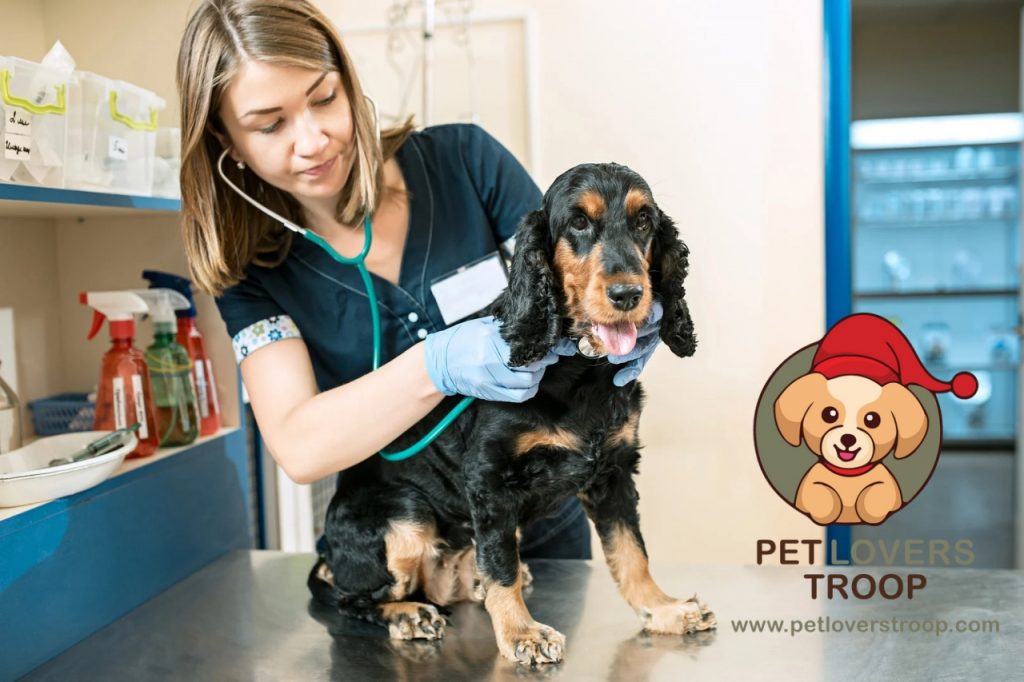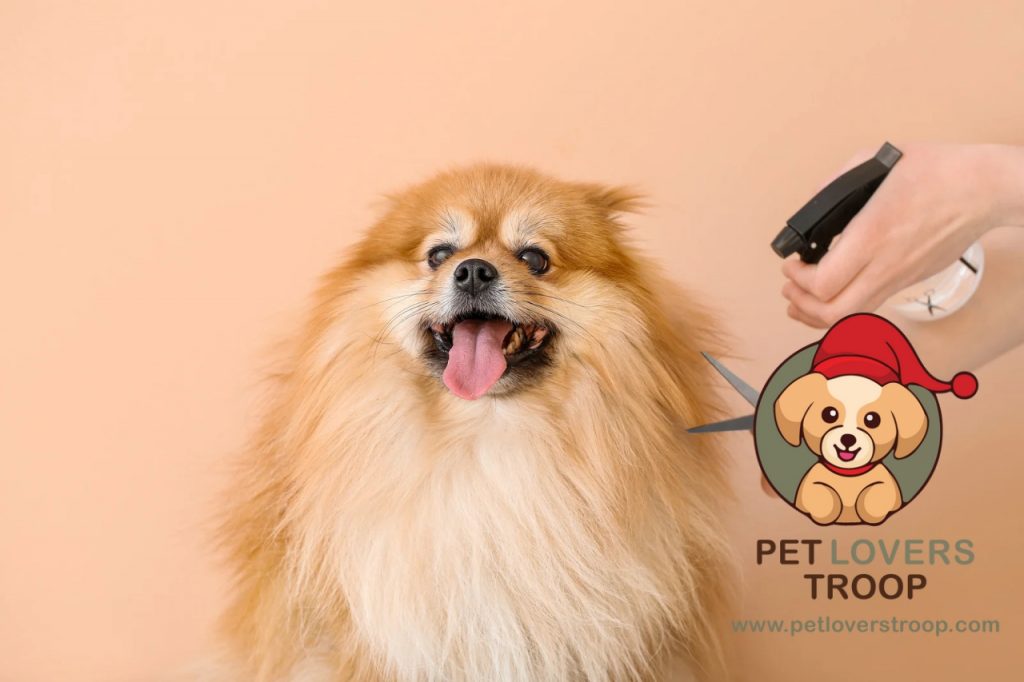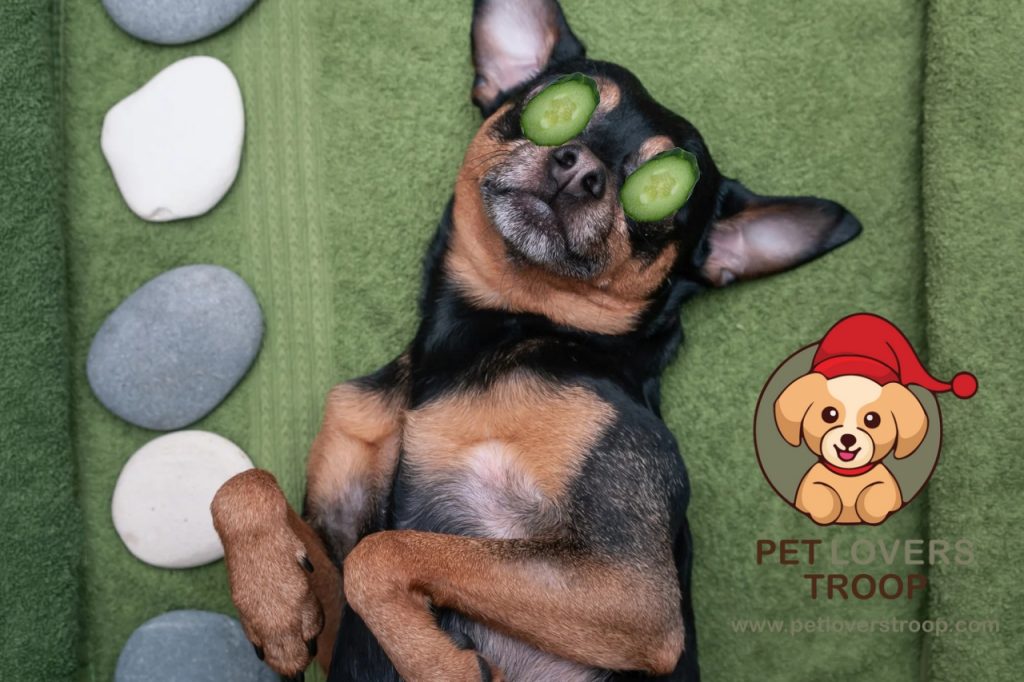It is a little after 6:30 in the morning and rays of the sun are lazily pouring in to Sarah’s living room. Her goldie, Max, has already had time to go to the door and brush his tail on the floor, asking his mistress for the daily dog care routine.
To him, this is not merely time to go out. No. This is the official start of his day, and he knows it.
Sarah didn’t always have things running this smoothly. Not even close. A few months ago, Max’s coat looked dull, he was moving slower, and some days he’d skip meals altogether. She thought, eh, maybe it’s just the heat or one of those phases dogs go through.
Read more: LED Dog Collars: Enhancing Nighttime Visibility and Safety for Your Pet- August 2025
Then came the vet visit, the kind where you nod, a little sheepishly, because you know you’ve been missing some basics. Turned out, Max wasn’t getting enough of the right food, grooming, or exercise.
So she made a decision, no big dramatic overhaul, just small changes she could actually stick to. A quick brush in the morning. Measured meals. A walk no matter the weather. And short, fun training games in the evenings.
Fast-forward a few weeks and Max’s coat was glowing again, his energy was back, and his tail well, that thing hasn’t stopped wagging since.
And honestly? This isn’t just Sarah’s story. Loads of pet parents see the same results when they commit to a daily dog care routine.

Why a Daily Dog Care Routine Matters
Think of your dog’s day like a chain. Grooming, feeding, exercise, brain games, quick health checks, each link supports the others. Skip too many links, and the chain weakens.
Dogs thrive on knowing what’s next. That predictability makes them feel secure and, funnily enough, it also makes training a lot easier. If you’ve ever tried to teach a command to a dog whose days are chaotic, you’ll know exactly what I mean.
Picture your own day without the basics: no breakfast, no teeth brushing, no moving around. By dinner, you’d feel sluggish, irritable, maybe even a little “off.” That’s your dog without structure.
The goal isn’t to turn into a drill sergeant. Some days will be messier than others. But if you keep hitting the big three, food, exercise, connection, your dog’s body and mood will thank you.
Read more: How to Choose the Right Dog Collar: A Comprehensive Guide for Pet Owners- August 2025
Dog Grooming Tips That Actually Save Trouble Later
Grooming isn’t vanity. It’s maintenance. It is just like oil changes on cars, miss too many and the issues sneak up on you.
Brushing once per day helps to raise hair dirt, control shedding and evenly distribute the natural oils on the coat. Long hairians (poodles, collies, etc.) may get mats in just a day or two, and even short-haired (such as beagles) still enjoy a few sessions a week.
One time Sarah forgot to brush Max, well, he did not look that bad. Until she found a knot buried in his fur that was tugging on his skin. The vet told her that mats can cause real pain and even infections. Now, brushing is as much a morning habit as her first coffee.
Bathing? Do it when your dog actually needs it, using a dog-safe shampoo. Overbathing strips their skin of oils and can cause dryness. And nail trims? Don’t wait until you hear clicking on the floor, long nails can mess with a dog’s stride and lead to joint issues.
Read more: Best Nail Cutter for Dogs to Safely Use at Home
Canine Nutrition Guidelines That Aren’t Overcomplicated
Food is the fuel that powers your daily dog care routine. And just like you wouldn’t run a car on bad gas, your dog needs the right mix of protein, fats, and nutrients.
Different dogs need different diets. Puppies need more calories for growth. Older adults may be helped by joint supportive and digestive aids. The twist here is choosing a food that agrees with your dog in terms of age, breed and health.
One small but powerful change? Measure portions. Overfeeding is one of the fastest ways to shorten a dog’s lifespan. Underfeeding leaves them tired and more vulnerable to sickness.
Read more: How Often Should You Feed Your Dog? Setting the Right Dog Feeding Schedule – June 2025
Sarah learned this the hard way. Max loved sneaking table scraps, and she figured a little extra wouldn’t hurt. But soon he was heavier, sluggish, and had digestive issues. The fix? Vet-approved kibble with lean proteins and vegetables. Within months, his weight was back on track.
And let’s not forget water. Fresh, clean water should always be there, it’s just as important as the food. Treats? They’re fine, but keep them under 10% of the day’s calories.

Meeting the Exercise Needs for Dogs
Dogs were never designed to sit around all day. Movement is built into who they are.
The “right” amount depends on the dog. A young husky might need hours of running, while an older pug might be happiest with two short walks. But every dog needs some daily activity to stay balanced.
Sarah found this out when Max started chewing furniture. It was not a bad dog situation, it was boredom. They now regularly go on morning walks, play fetch during the afternoon and ever now and then go along to agility courses just as fun. He sleeps and acts better and frankly so does she.
Don not make walks a punishment. They have sights, smells and sounds and are a social event to your dog. Change routes now and then. It’s like giving them a new book to read.
Read more: 13 Best Ways to Inculcate Dog Exercise in Your Daily Routine – October 2025
Why Mental Stimulation for Pets Is Just as Important
Here’s the part that often gets overlooked: daily dog care routine need mental workouts too.
If they don’t get them, they’ll make their own fun, usually at your expense. Chewed shoes, dug-up flowerbeds, or non-stop barking are all signs of a bored mind.
Simple fixes? Puzzle feeders, scent games, obedience drills. Just putting snacks in secret places around the home makes a mealtime an activity.
Read more : Daily Dog Care Routine: Essential Tasks
On days when Sarah and Max were forced to stay inside by rain, she would teach him tricks and hide and seek with his toys. He ended up being calmer and also were able to obey instructions better.
Mix things up on walks, let them explore new areas, and give them chances to meet other dogs. It’s more than “entertainment” it builds confidence and reduces anxiety.
Quick Daily Health Checks for Dogs
This one takes just minutes but can save you from long-term trouble.
Every day, do a quick scan: eyes clear? Ears smell okay? Teeth free from heavy tartar? Paws uncut? Coat smooth, without lumps or hitchhiking ticks? Small changes can be red flags.
Sarah once noticed Max licking one paw nonstop. A quick look showed a small cut. Cleaned and cared for right away, it healed without a vet visit.
Gum disease is not solely a problem in the mouth but it may have its effects on the heart and kidneys. Clean their teeth when you have the opportunity, or vet-approved dental chews.
Read more: Pet Wellness Exams: How to Prepare
How to Build a Routine Without Burning Out
Starting from zero can feel like a lot. The trick? Layer habits slowly in daily dog care routine.
First week: same feeding times, one consistent walk, a few minutes of grooming. Next week, add a short training session or a nightly health check. Build from there.
Sarah tried to do “everything” all at once and felt overwhelmed. But when she started small and added one habit at a time, it clicked, for her and for Max.
Jot down what you do in a notebook or pet app. You might notice patterns, like more energy after certain foods or calmer evenings after a long morning walk.
Life will interrupt sometimes. On busy days, hit the essentials, food, walk, affection, and skip the extras without guilt. Your dog will forgive the missed puzzle game.
Read more: The Benefits of Pet Insurance: Is It Worth It? – March 2025
The Bond That Builds Over Time
Here’s what no checklist can measure: the bond routines create.
Dogs can tell when you’re consistent, when you make them part of your day. That builds trust, and trust makes them calmer, happier, and more connected to you.
Sarah saw it when she traveled for a week. Max stayed with her sister but still went to the door at their usual walk time. That’s when she realized, their routine wasn’t just keeping him healthy. It was keeping him grounded.
By coming up with a regular regimen of handling your dog each day, you are telling your dog you are there to help him and you care. They know that even though they are not able to say it back.

Conclusion
A daily dog care routine isn’t a strict set of boxes to tick. It’s a rhythm you and your dog share.
It’s in the greetings, the walks, the brushing sessions, the little health checks. It’s in the food you measure instead of just pouring, and the puzzle toy you hand over on a rainy afternoon.
Read more: 10 Expert Tips to Strengthen the Bond with Your Dog
From dog grooming tips to canine nutrition guidelines, from meeting the exercise needs for dogs to adding mental stimulation for pets, and making time for daily health checks for dogs, each part works together.
And the payoff? Brighter eyes. Better behavior. A dog who knows you’re there for them. That’s worth every walk in the rain and every early morning tail thump at the door.

